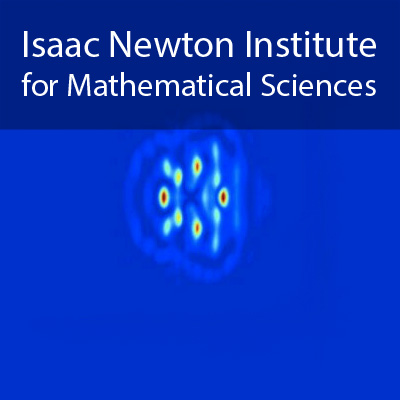Nonlinear dynamics of trapped waves on currents
Duration: 59 mins 16 secs
Share this media item:
Embed this media item:
Embed this media item:
About this item

| Description: |
Shrira, V (Keele University)
Monday 14 July 2014, 11:00-12:00 |
|---|
| Created: | 2014-07-17 13:27 |
|---|---|
| Collection: | Theory of Water Waves |
| Publisher: | Isaac Newton Institute |
| Copyright: | Shrira, V |
| Language: | eng (English) |
| Distribution: |
World
|
| Explicit content: | No |
| Aspect Ratio: | 16:9 |
| Screencast: | No |
| Bumper: | UCS Default |
| Trailer: | UCS Default |
| Abstract: | The lecture gives an overview of a series works done with Alexey Slunyaev. We develop a new paradigm of how to describe linear and weakly nonlinear dynamics of waves on jet currents with a particular emphasis on new mechanisms of freak wave formation.
From numerous seamen accounts and insurer records it has been known for long time that rogue waves events are quite frequent on certain currents, e.g. on notorious in this respect Agulhas current. The theoretical explanation of this fact is still lacking, which is due to our overall poor understanding of wave nonlinear evolution on currents. We develop a new systematic asymptotic theory of waves dynamics on jet currents which does not rely on the WKB approximation. First, solutions to the general linear 2D boundary-value problem for jet currents with arbitrary lateral profiles are found in terms of an asymptotic series in natural small parameters. In essence, we employ approximate separation of variables, which is always justified for the oceanic conditions. There are three types of waves on the current: passing through, reflected and trapped. The key role in the new approach is played by the trapped modes. The trapped modes themselves (rather than comprising them harmonic components) participate in the nonlinear interactions. A general weakly nonlinear theory of trapped mode evolution is being developed. The properties of resonant interactions are qualitatively different from those between the waves in the absence of a current. In particular, three-wave interactions are always allowed in deep water and may play an important role in wave field evolution. There are three main advantages of the developed approach: (i) it is systematic and can identify and address the situations where the commonly adopted paradigm is not applicable; (ii) the current could be almost arbitrary, i.e. weak/strong, or smooth/with sharp edges; (iii) the initially 3-D problem is reduced to solving 1D evolution equations with the lateral and vertical dependence being prescribed by the corresponding modal structure. The modes can participate in both three and four- interactions. The prevalence of one type over another depends on parameters of waves and currents. A rich variety of possible regimes is being explored. From the perspective of rogue wave occurrence we have identified several new mechanisms which have no analogues in the absence of currents. |
|---|---|
Available Formats
| Format | Quality | Bitrate | Size | |||
|---|---|---|---|---|---|---|
| MPEG-4 Video | 640x360 | 1.91 Mbits/sec | 849.38 MB | View | Download | |
| WebM | 640x360 | 862.27 kbits/sec | 374.40 MB | View | Download | |
| iPod Video | 480x270 | 489.68 kbits/sec | 212.56 MB | View | Download | |
| MP3 | 44100 Hz | 249.77 kbits/sec | 108.55 MB | Listen | Download | |
| Auto * | (Allows browser to choose a format it supports) | |||||

